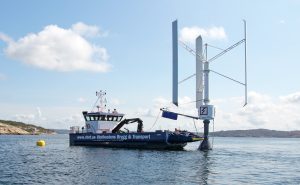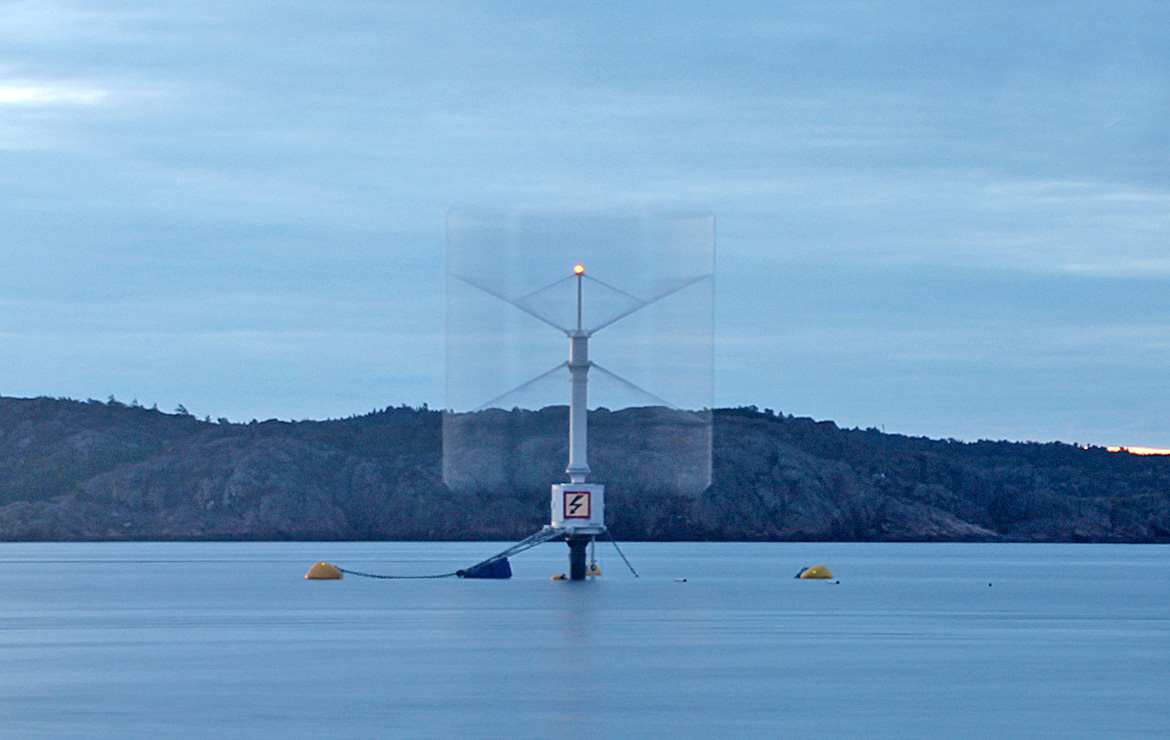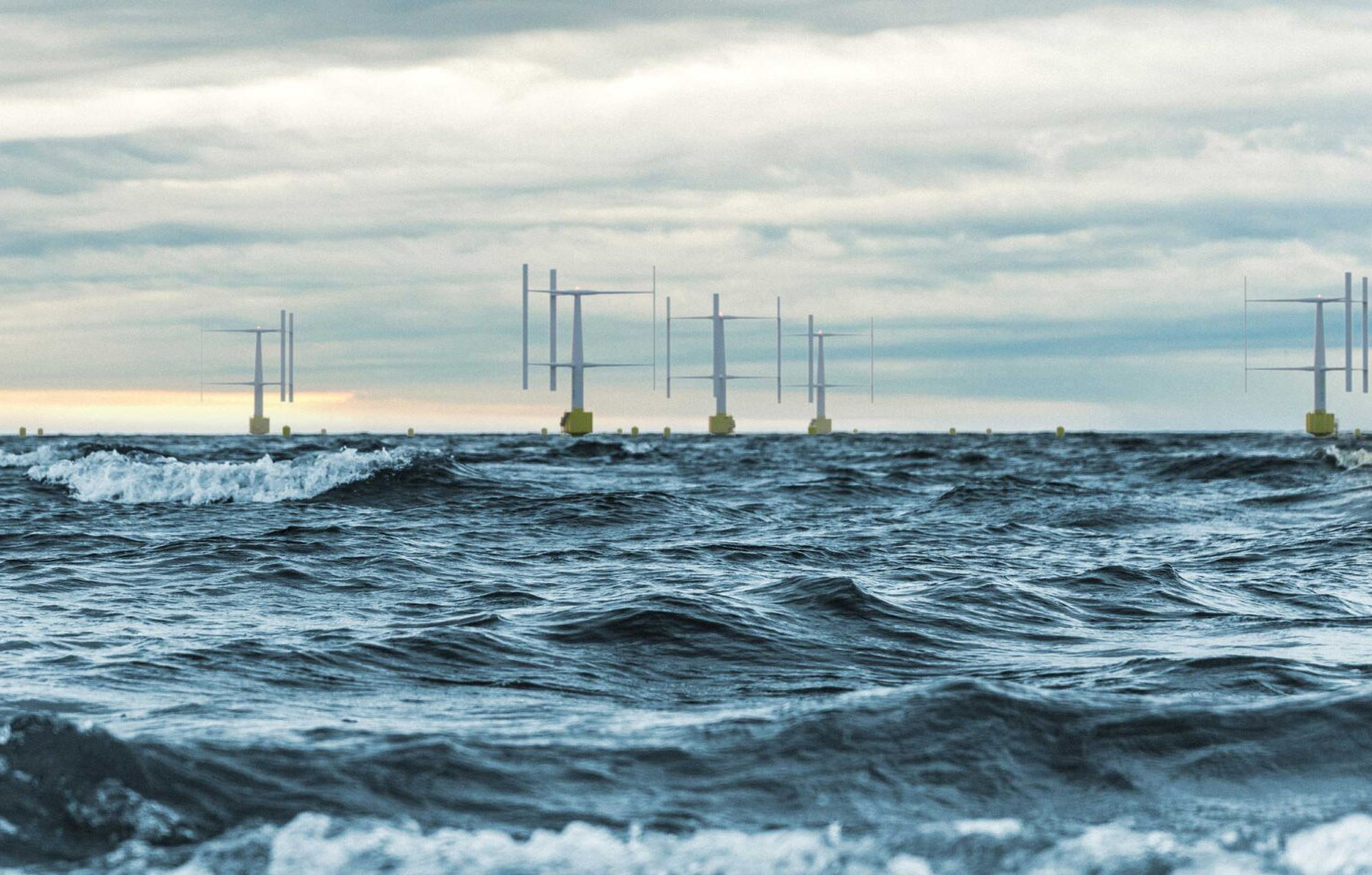Owner: Martin Rosander | Publication date: 20-07-2022
Field of expertise:
Application area:
Optimization| Product Quality and Reliability| Renewable Energy| Rotating Machines| Strength Analysis
Industry:
SeaTwirl AB is a Swedish SME established in 2012. Since December 2016, the company is listed on the NASDAQ First North Stockholm under the STW sticker. It develops and sells innovative, vertical-axis floating offshore wind turbines, which are easier to install, operate and maintain, and offer a better levelized cost of energy (LCOE) versus other turbines. SeaTwirl has a clear vision: to be the industry-leading, floating offshore wind turbine company by 2030.
Challenges
There are two main challenges: CO2 ceiling of 2% to limit global climate change and provide a clean and cheap energy resource. The SeaTwirl floating offshore wind turbine features a spar buoy supporting a vertical axis wind turbine. SeaTwirl designed a commercial size demo of 1 MW which was installed at a test site in 2020. It is very important for them to be able to simulate different load cases for designs to validate technology for future investors, third-party verifications, regulators, insurance purposes and, ultimately, for receiving necessary certificates.
Technology used
They used Ansys Fluent, Ansys Aqwa and Ansys Mechanical softwares.
Engineering solution
They were able to make important development decisions regarding the design. Their engineers investigated both technical and commercial aspects based on the simulation results. Using Ansys software, they designed and analysed the turbines, the mooring system and the entire structure. With Fluent and Mechanical they evaluated and optimized the blades and attachment of the struts through extensive 3D computational fluid dynamics (CFD) and structural analyses. In addition, ACT helped to develop the layup of the turbine. Also, engineers used Aqwa to evaluate and optimize motion, forces and mooring system properties of the floating structure. Finally they evaluated the structural properties of different components related to design using Mechanical.
Benefits
Firstlfy, the increased analysis capacity, with the CFD and finite element method (FEM) solvers. Furthermore, increased reliability of results using proven and well-known/well-reputed software. Also, potential for further optimization and weight reduction in future designs once the first demo 1MW turbine went through the “complete” analyses. Scalability means that once the setup of the turbine is ready, they will be able to easily scale the design for turbines of different sizes.

SeaTwirl S1 running at the testing site since 2015

The SeaTwirl is easily accessed during maintenance because all major components are at sea level

SeaTwirl in operation

Illustration of SeaTwirl S2 layout grid as they can be placed closer to each other in comparison with traditional wind power
